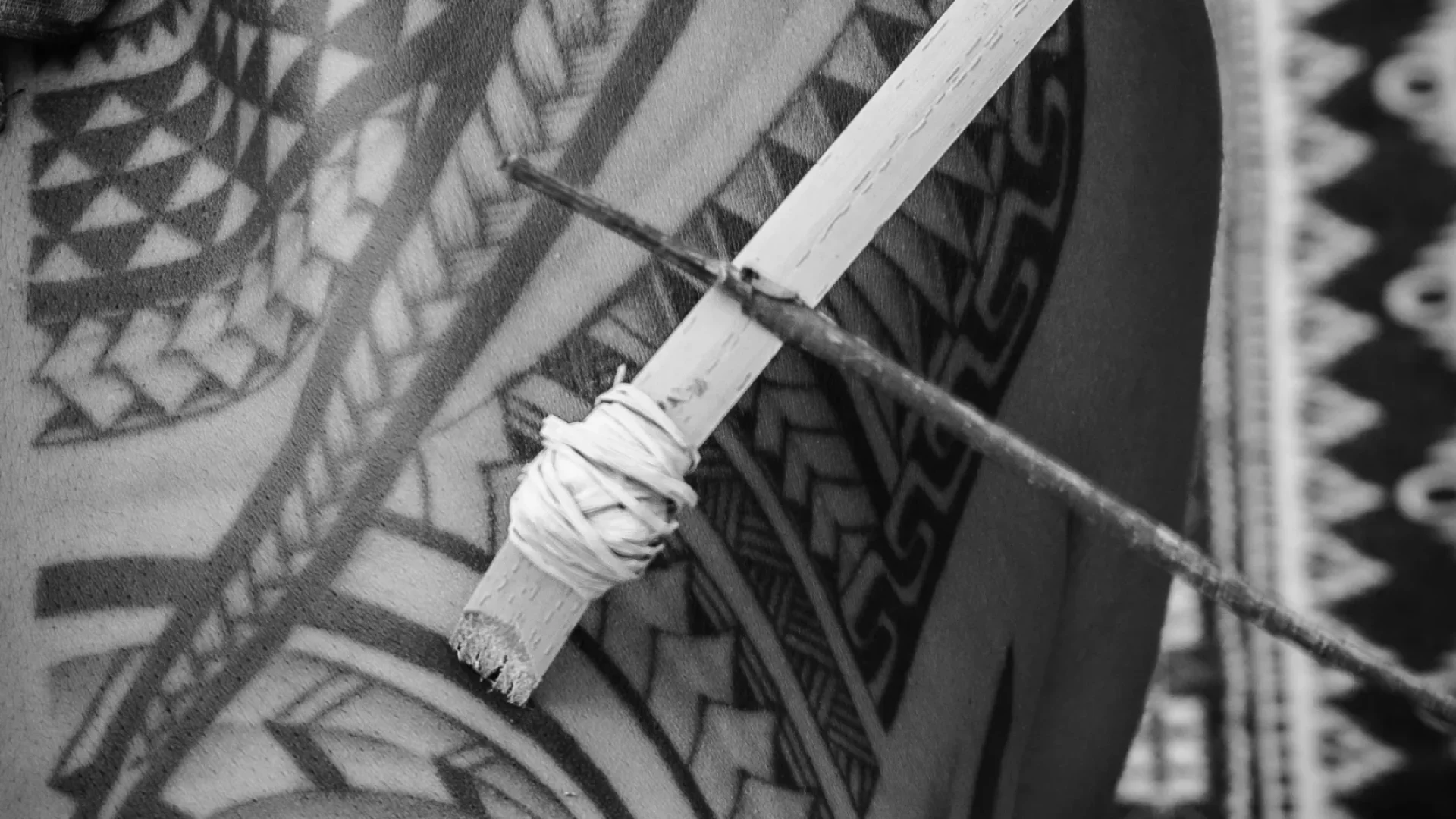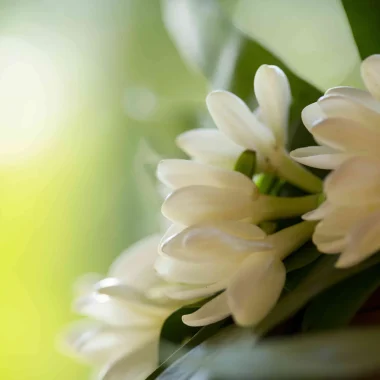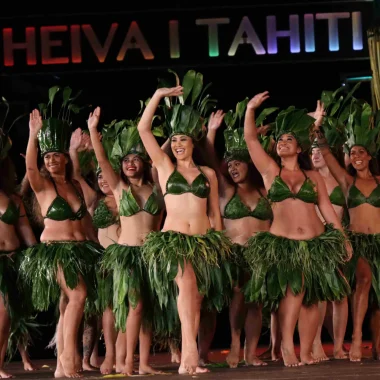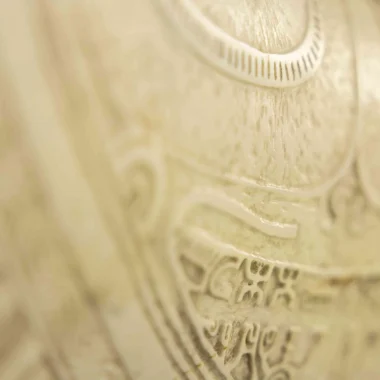The Ma’ohi, civilization began on the island of Raiatea in the Society Islands over a thousand years ago. Groups of people set sail from there to explore the Pacific Ocean. Settling in one island after another, generation after generation, they reached places as far apart as New Zealand, Hawaii and Easter Island. This vast zone is known today as the Polynesian Triangle. Those early travelers, and the generations that followed, took their culture with them. Tattooing was an important part of that culture.
More than a simple skin decoration, a tattoo is a meaningful and personal form of artistic expression. Tattooing has been a part of Polynesian culture for many centuries and the designs each have their own particular signification.
The history of Polynesian tattooing
The word tattoo comes from the Tahitian word, tatau. In former times, the designs etched into the skin were far more than simple decorations. They gave precious information about the wearer’s origins, social status and even his profession. They were an outward sign of wealth and courage, because the traditional method of tattooing was extremely painful. Sharpened bone needles were struck repeatedly to pierce the skin and let the vegetable dye penetrate. Boys began to receive their first tattoos at adolescence, and the process would continue throughout their lives, marking every major event. Marquesans especially, would have their entire body and face completly covered by tattoos.



In the 19th century, the Protestant and Catholic missionaries arrived and declared tattoos dangerous, unsightly and sacrilegious. Like traditional ‘ori Tahiti dance, tattooing was banned for generations. Samuel Reilly, an American tattoo artist, revived the art of tattooing in the early part of the 19th century, and Polynesian tattooing eventually re-emerged to become one of the most popular styles. Today, people come from all over the world to get a traditional Polynesian tattoo in The Islands of Tahiti.
The meaning of Polynesian tattoos
The symbols used in traditional Tahitian tattooing had specific meanings. For example, there were designs that were specifically for warriors, and fishermen had different designs of their own. Today, a Polynesian tattoo still has some personal significance. A sea turtle is associated with health, fertility, peace and longevity. A dolphin is a sign of wisdom. Other designs represent the ocean, the land, stability, travel, etc.

The designs used in Polynesian tattooing are now popular all over the world. Modern techniques have enabled the designs to evolve and become more inventive and precise. They have also made the experience far less painful, although you still need an incredibly high pain threshold for a tattoo on the ribcage or armpit. If you decide to get a Polynesian tattoo, bear in mind that it won’t wash off, so it will be you for the rest of your life. Therefore, it is always better to choose a design that has some relevance to you, rather than just a pretty image that you might tire of.
Themes









 América del Sur
América del Sur
 Australia
Australia
 Belgique
Belgique
 Brasil
Brasil
 Canada (EN)
Canada (EN)
 Canada (FR)
Canada (FR)
 Deutschland
Deutschland
 España
España
 France
France
 Italia
Italia
 Mexico
Mexico
 Polynésie française
Polynésie française
 New Zealand
New Zealand
 Schweizerisch (DE)
Schweizerisch (DE)
 Suisse (FR)
Suisse (FR)
 United Kingdom
United Kingdom
 United States
United States
 한국
한국
 中国
中国
 日本
日本